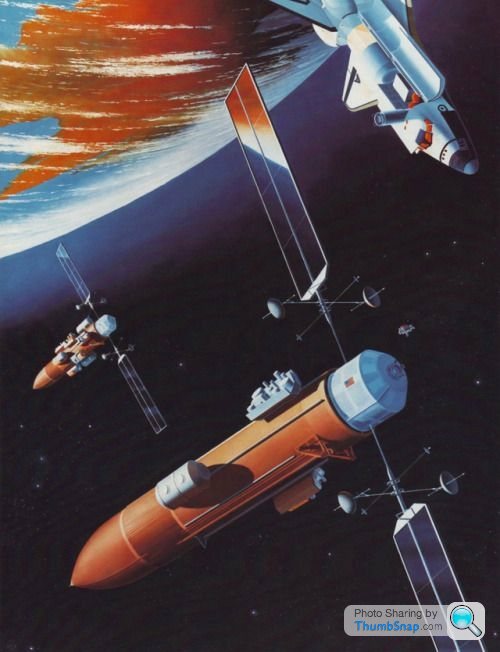Space Launch System - Orion
Discussion
The RS-25 was a very reliable engine - although in its early days when being tested prior to the first Shuttle flight they had a few explosions on the test stands.
These RS-25s have been heavilly modified for SLS. For example, they have been uprated to a higher thrust setting than when used on the Shuttle. This is because they are now expendable and don't have to be "saved" for future missions.
Also, they have never fired four of these in a cluster of four before (there were three on each Orbiter) so there may have been unexpected resonances and vibrations experienced with all four engines running together. That was part of the reason for running this test. Despite all your best predictions and modelling, there will be some unknowns every time you do something for the first time.
These RS-25s have been heavilly modified for SLS. For example, they have been uprated to a higher thrust setting than when used on the Shuttle. This is because they are now expendable and don't have to be "saved" for future missions.
Also, they have never fired four of these in a cluster of four before (there were three on each Orbiter) so there may have been unexpected resonances and vibrations experienced with all four engines running together. That was part of the reason for running this test. Despite all your best predictions and modelling, there will be some unknowns every time you do something for the first time.
What we are seeing is a convergence of two radically different projects. Having said that, I am still not convinced that Starship will ultimately be the actual Lunar Lander. I think the unexpected announcement last week was as much a political shot across the bows by NASA to elicit more funding from Congress than a genuine declaration of intent.
What I am sure of is that the next manned lunar landing will be closer to 2034 rather than 2024 - and it may not be American.
What I am sure of is that the next manned lunar landing will be closer to 2034 rather than 2024 - and it may not be American.
Talksteer said:
Re SLS numbers to LEO.
The SLS can put around 70 tonnes into LEO without the upper stage with the core stage making orbit
The core stage weighs about 95 tonnes empty hence it can inject 165 tonnes into orbit.
Put a slightly heavier load on it and it stages just before orbit to maximize the payload over the injected mass.
The SLS is optimised (for pork barrel politics) for higher energy orbits than LEO and is also really optimised to use the exploration upper stage.
Thank you.The SLS can put around 70 tonnes into LEO without the upper stage with the core stage making orbit
The core stage weighs about 95 tonnes empty hence it can inject 165 tonnes into orbit.
Put a slightly heavier load on it and it stages just before orbit to maximize the payload over the injected mass.
The SLS is optimised (for pork barrel politics) for higher energy orbits than LEO and is also really optimised to use the exploration upper stage.
The ET of the Shuttle deliberately did not make orbit as they WANTED it to fall back and burn up. The Orbiter needed to fire its OMS engines for a few minutes to give it the final velocity increase to make Low Earth Orbit.
Gassing Station | Science! | Top of Page | What's New | My Stuff




